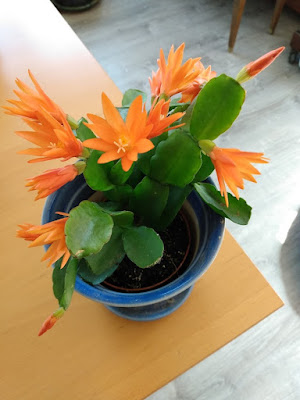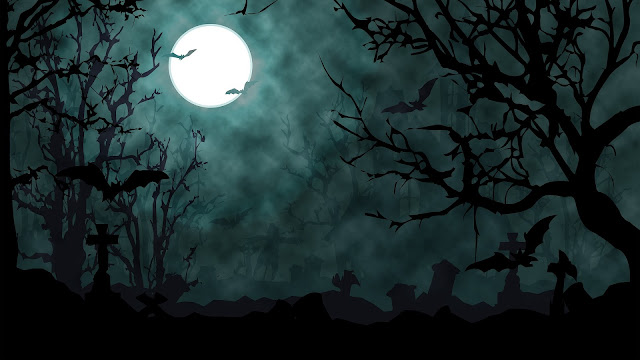Cracow Monsters, Myths and Memories
I just watched the first season of Netflix’s Cracow Monsters. It’s been a treat, especially since my husband and I spent a few days in that lovely city in 2018 and I love folklore and mythology.
In the series, a medical school student and her classmates investigate strange events involving missing and dead children, resurrected corpses, and ancient Polish gods. While the storyline was pretty run-of-the-mill urban fantasy, there were quite a few suspenseful and hair-raising moments. The acting and the production quality also were good.
What I especially liked was how the makers of the series took care to film in many of Krakow’s most iconic landmarks. That includes the city's Main Market Square, which dates back to the 13th century and is the largest medieval town square in Europe. I loved seeing the square, the Vistula River, Wanda’s Mound and, of course, the Wawel Dragon in the series.
 |
| The Wawel Dragon |
According to one telling of the folklore, the seven-headed dragon terrorized the Polish countryside during the reign of King Krakus. The dragon lived in a cave at the base of Wawel Hill by the Vistula.
The king’s sons killed the dragon by tricking it into eating the skin of a cow that was stuffed with sulfur. After the dragon was killed, Krakus founded Krakow and built his palace over the dragon’s cave.
A metal sculpture of the dragon has become one of Krakow’s main tourist attractions. The sculpture is situated in front of a limestone cave that is said to be the dragon’s old lair.
Today, Krakow is a party city known for its good food and reasonable prices. We visited the city in early spring. The visit was particularly memorable for my husband, who is of Polish descent. It was his first time in Poland. We stayed in an old apartment near the Old Town with lovely big windows and a dreadful tiny kitchen and bathroom.
We enjoyed touring the main square and Wawel Castle, among other attractions. In a museum on the castle grounds, my husband got to see the armor of the winged hussars, cavalrymen from the 16th to 18th centuries whose armor had large wing-like projections at the back. The wings not only made them appear more fearsome to their enemies, but also protected them from the Tatars’ lassos and saber attacks from the rear.
 |
| Krakow's Main Market Square |
We walked all over the city’s narrow cobbled streets. We went on a ghost tour one night and learned about the Vampire of Krakow, a serial killer named Karol Kot who preyed on the city from 1964 to 1966. Kot stabbed, poisoned and burned his victims. He was hanged in 1968 after pleading guilty to two counts of murder, 10 counts of attempted murder, and four counts of arson.
Good memories.
 |
| Vistula River |




Comments
Post a Comment